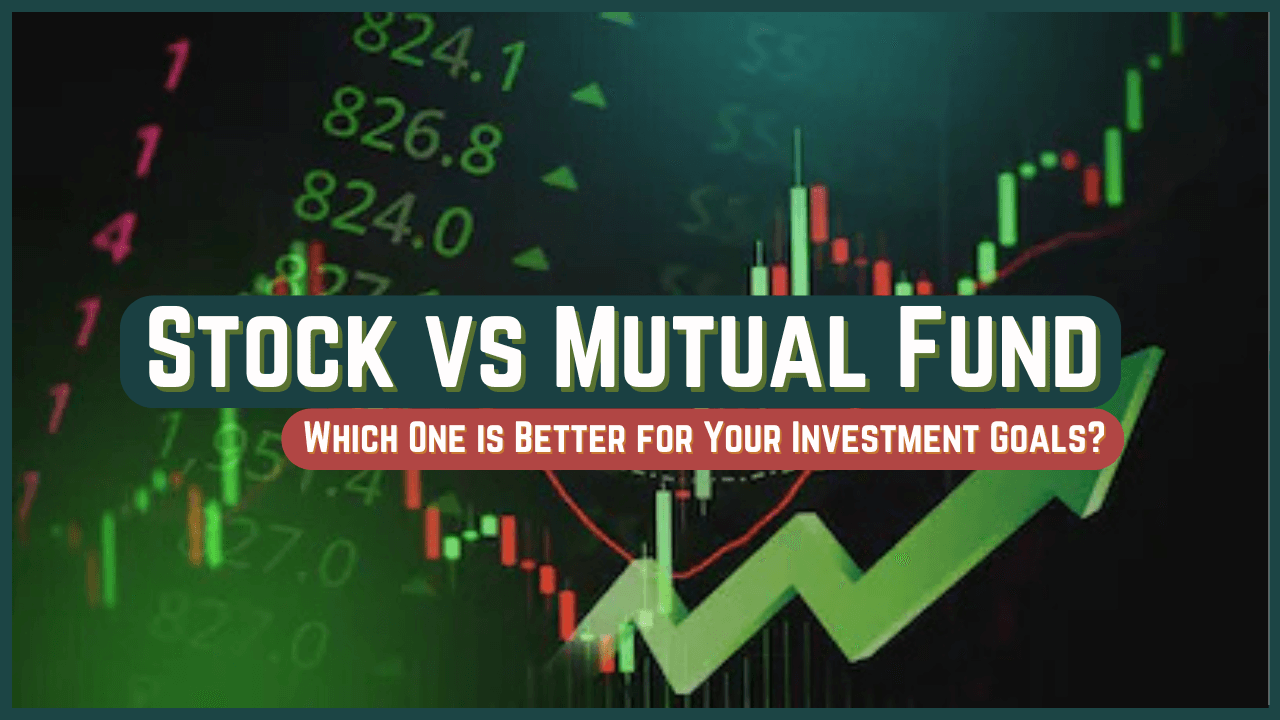Dividends are a pillar of most investment strategies, providing a concrete means for businesses to return their profits to shareholders. As an investor, whether new or experienced, knowledge of dividends can assist you in making more intelligent investment choices and establishing a stable source of income. In this comprehensive guide, we’ll explore what a dividend is, how dividends are paid out, the types of companies that offer them, how to evaluate dividend opportunities, and the various types of dividends available.
Dividends are more than semi-regular cash amounts—they’re an indicator of a company’s health and stability. For most investors, dividends are a regular flow of income, both instant return and long-term appreciation through reinvestment. As we head into 2025, the significance of knowledge regarding dividends is as important as ever to creating a strong and diversified portfolio.

What is a Dividend?
A dividend is part of a company’s profit shared with its shareholders. It is a means for companies to return the favor to investors for having trusted and invested in them. Dividends are usually paid in cash, but they may also be paid in the form of extra shares of stock or, exceptionally, other property.
Key Characteristics:
- Profit Sharing: Dividends indicate a company’s profitability.
- Regular Distribution: Most firms distribute dividends quarterly, half-yearly, or yearly.
- Shareholder Reward: Dividends provide a concrete return on investment irrespective of stock price movement.
How Are Dividends Paid Out?
Dividends are paid out in a formal process that has several important dates:
- Declaration Date: The company’s board of directors declares the dividend amount and fixes the payment date.
- Ex-Dividend Date: Investors have to buy the stock prior to this date to qualify for the next dividend. Purchasing on or after this date will result in you not receiving the declared dividend.
- Record Date: The firm makes a snapshot of shareholders entitled to the dividend.
- Payment Date: Dividends are paid to eligible shareholders, typically through direct deposit or check.
This ensures dividends are fairly distributed and only current shareholders benefit from the earnings of the company.
What Kinds of Companies Issue Dividends?
Not all companies issue dividends. Typically, financially stable companies with consistent earnings and stable cash flow are more likely to issue dividends. These are some typical categories:
- Blue-Chip Companies: These are solid, financially stable companies with a reputation for consistent dividend payment.
- Dividend Aristocrats: Companies with a long history (usually decades) of raising their dividend payments regularly.
- Mature Businesses: Companies that have surpassed their high-growth stage and have excess cash tend to reward shareholders through dividends.
- Consumer Staples and Utilities: Industries that provide necessities tend to pay recurrent dividends because of their predictable demand.
On the other hand, startup or high-growth companies tend to reinvest earnings to drive further growth instead of paying dividends.
How to Evaluate Dividends
When looking at dividend-paying stocks, it’s important to consider not only the dividend yield, but also several other important elements that reflect the sustainability and potential for growth in the dividend:
- Dividend Yield: This is determined by taking the annual dividend per share divided by the current price of the stock. An attractive high yield is nice, but make sure it’s sustainable.
- Payout Ratio: The payout ratio measures the dividend payment against the earnings of the company. A lower payout ratio indicates that the dividend is more likely to be sustainable.
- Dividend Growth Rate: A company’s consistently growing dividends are an indicator of good financial health and shareholder rewards.
- Financial Health: Looking at the company’s balance sheet, cash flow, and overall financial health is essential in ascertaining if the dividend is underpinned by solid fundamentals.
- Industry Trends: Compare dividend metrics with the rest of the industry to make sure that the dividend is competitive and sustainable.
Types of Dividends
Dividends can be given by companies in various forms, each having advantages and implications for investors:
- Cash Dividends: Most frequently, the company gives a sum of money per share.
- Stock Dividends: Shareholders are given additional shares instead of cash, and if the stock appreciates, there will be capital gains.
- Property Dividends: Extremely infrequently, companies give assets or other non-cash products as dividends.
- Special Dividends: Non-recurring dividend payments, usually greater than standard dividends, which are paid usually when the firm has outstanding profits or sold a valuable asset.
Knowledge of these forms helps an investor ascertain the most appropriate dividend strategy best suited to meet their investment requirements and tax implication.
Conclusion
Dividends are a mighty financial tool for those who wish to have a constant source of income and an indicator of a company’s financial standing. By knowing what dividends are, how they are distributed, the kinds of companies that distribute them, and how to analyze their potential, you can make better choices and maximize your investment portfolio.
Whether you seek quick cash flow or sustainable growth through reinvestment, dividends are an important part of reaching your financial goals.
FAQs: What is a Dividend and How Does It Work?
What exactly is a dividend?
A dividend is a distribution of a portion of a company’s earnings to its shareholders, typically paid in cash, but sometimes in stock or other assets.
How frequently are dividends paid out?
Dividends are usually paid on a quarterly, semi-annual, or annual basis, depending on the company’s dividend policy.
What is the ex-dividend date?
The ex-dividend date is the cut-off date by which you must purchase a stock to be eligible to receive the upcoming dividend.
Which companies are most likely to pay dividends?
Established blue-chip companies, dividend aristocrats, mature enterprises, and companies in stable sectors like utilities and consumer staples are more likely to pay dividends.
How can I evaluate if a dividend is sustainable?
Look at the dividend yield, payout ratio, dividend growth rate, and the overall financial health of the company to assess sustainability.
Are stock dividends more beneficial than cash dividends?
It depends on your investment goals. Cash dividends provide immediate income, while stock dividends can lead to greater capital appreciation through reinvestment.










Nice…